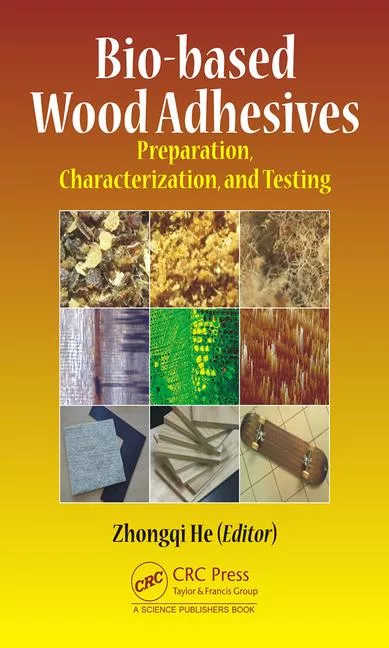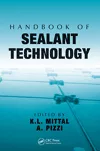Natural Remedy

Photo by Yves Brun
Photo courtesy of Indiana University.
A bacterium that lives in rivers, streams and human aqueducts uses nature's strongest glue to stay in one place, according to new research by Indiana University Bloomington and Brown University scientists reported in the April 11 edition of Proceedings of the National Academy of Sciences.
The scientists found they had to apply a force of about 1 micronewton to remove a single Caulobacter crescentus from a glass pipette. Because C. crescentus is so small, the pulling force of 1 micronewton generates a huge stress of 70 newtons per square millimeter. That stress, which the bacterial adhesions could sometimes withstand, is equivalent to five tons per square inch - three or four cars balanced on top of a quarter. By contrast, commercial "super" glue breaks when a shear force of 18-28 newtons per square millimeter is applied.
Hypothetically, C. crescentus's glue could be mass produced and used to coat surfaces for medical and engineering purposes.
"There are obvious applications since this adhesive works on wet surfaces," said IU Bloomington bacteriologist Yves Brun, who co-led the study with Brown University physicist Jay Tang. "One possibility would be as a biodegradable surgical adhesive."
C. crescentus affixes itself to rocks and the insides of water pipes by way of a long, slender stalk. At the end of the stalk is a holdfast dotted with polysaccharides (chains of sugar molecules). The scientists show in the PNAS paper that these sugars are the source of C. crescentus's tenacity. It is presumed these sugars are attached to holdfast proteins, but this has not yet been confirmed. One thing is certain - the polysaccharides are sticky.
"The challenge will be to produce large quantities of this glue without it sticking to everything that is used to produce it," Brun said. "Using special mutants, we can isolate the glue on glass surfaces. We tried washing the glue off. It didn't work."
The scientists allowed C. crescentus to attach itself to the side of a thin, flexible glass pipette. They used a micromanipulator to trap the cell portion of the bacterium and pull it directly away from the pipette, measuring the force of strain. In 14 trials, the scientists found they had to apply a force of 0.11-2.26 micronewtons per cell before the bacterium detached.
C. crescentus has evolved an ability to live in extremely nutrient-poor conditions, which explains its existence as a common fixture in tap water. Because it exists in tap water at low concentrations and produces no human toxins, C. crescentus poses no threat to human health.
Engineer L. Ben Freund wrote the model used to perform complex mathematical analyses of experimental forces. Peter Tsang and Guanglai Li of Brown University performed experiments and analyzed data. The research was funded by grants from the National Science Foundation and the National Institute of General Medical Sciences (National Institutes of Health).
To speak with Dr. Brun, contact David Bricker, IU Media Relations, at (812) 856-9035, or e-mail brickerd@indiana.edu . To speak with Tang, Freund, Tsang or Li, contact Wendy Lawton, Brown University Media Relations, at (401) 863-1862, or e-mail Wendy_Lawton@brown.edu .
Links
Looking for a reprint of this article?
From high-res PDFs to custom plaques, order your copy today!





